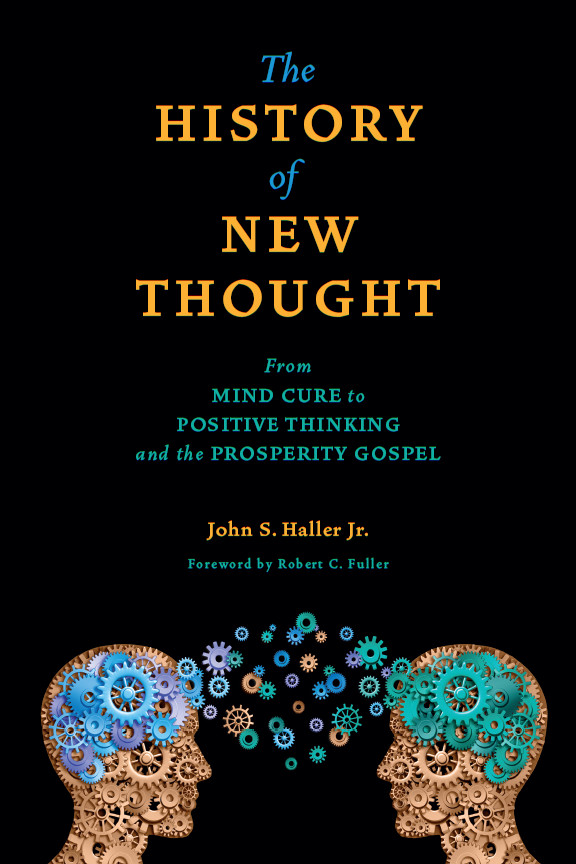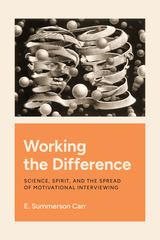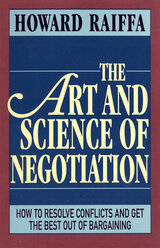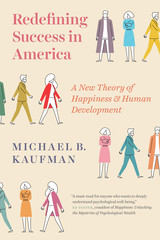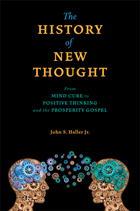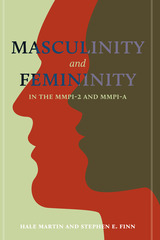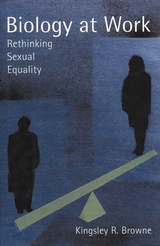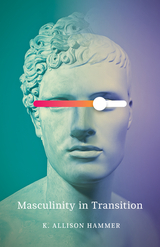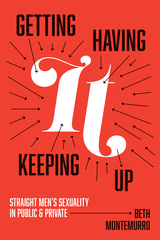eISBN: 978-0-87785-630-6 | Cloth: 978-0-87785-348-0
Library of Congress Classification BF639.H4195 2012
Dewey Decimal Classification 299.93
Anything is yours, if you only want it hard enough. Just think of it. ANYTHING. Try it. Try it in earnest and you will succeed. It is the operation of a mighty Law.
Does that sound like something from the latest spin-off of The Secret? In fact, those words were written in 1900 by William Walter Atkinson, the man who authored the first book on the “Law of Attraction.”
Atkinson was only one of the many and varied personalities that make up the movement known as New Thought. Composed of healers, priests, psychologists, and ordinary people from all levels of society, the proponents of New Thought have one thing in common: a belief in the power of the mind. In The History of New Thought, Haller examines the very beginnings of the movement, its early influences (including Swedish seer Emanuel Swedenborg), and how its initial emphasis on healing disease morphed into a vision of the mind’s ability to bring us whatever we desire.
While most histories of New Thought tend to focus on churches and other formal organizations, Haller reveals that New Thought has had a much broader impact on American culture. Bestselling authors from the late nineteenth century and onward sold books in the millions of copies that were eagerly read and quoted by powerful politicians and wealthy industrialists. The idea that thoughts could become reality is so embedded in American culture that we tell each other to “be positive” without ever questioning why. New Thought has become our thought.
See other books on: Body, Mind & Spirit | Fuller, Robert C. | Haller, John S. | Mind and body | New Thought
See other titles from Swedenborg Foundation Publishers
